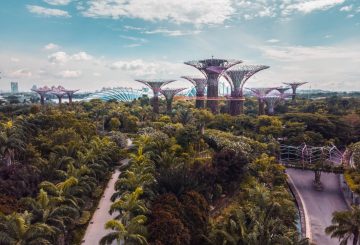クリストファー・ルクソン首相は、ニュージーランド人の生活を改善し、国を軌道に戻すための9つの野心的な目標を発表しました。政府の計画は、経済の再構築、法と秩序の回復、公共サービスの改善という3つの主要な約束を中心としています。
警察、看護師、教師などの必要不可欠な人々の努力にもかかわらず、Luxonはニュージーランドが近年後退したことを認めています。これに対処するため、政府は保健、教育、法と秩序、労働、住宅、環境における成果を高めるための公共サービス目標を再導入しています。
Luxonは、これらの目標を達成するのは容易ではないと認識しているが、犯罪を減らし、医療の待ち時間を減らし、学業成績を向上させるために必要だと主張している。2030年までに達成される予定の目標は、公共サービスへのさらなる投資を可能にする景気回復に向けた政府の取り組みの一環です。
Luxon氏はまた、単により多くの資金を投入するだけでは、必ずしも良い結果につながるとは限らないと指摘しました。前政権による支出の増加にもかかわらず、公共サービスは改善されなかった。新しいアプローチでは、納品に重点を置き、納税者のお金の価値を高めるための目標を設定することが含まれます。
目標は意図的に挑戦的であり、公共部門は創造的に考え、根本原因を調査し、他の地域から学び、資源の配分において規律を守る必要があります。
各ターゲットは、公共サービス機関の主任大臣と最高経営責任者が監督し、必要に応じて他の大臣や機関と協力して監督されます。進捗報告は、2024年半ばから四半期ごとに公開される予定です。政府目標の詳細については、政府のウェブサイトをご覧ください。




























































